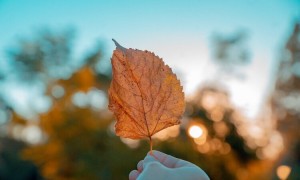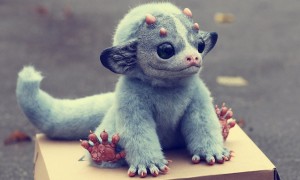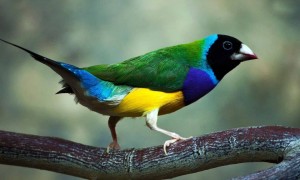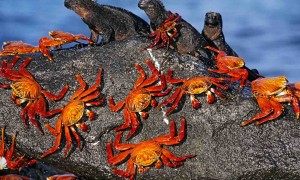The last quarter of 2020 is in full swing, so winter is just around the corner. Some people might already be fed up with working from home due to the COVID-19 pandemic. However, despite all the ways in which the pandemic has interfered with our plans, most of us still have our basic needs covered.
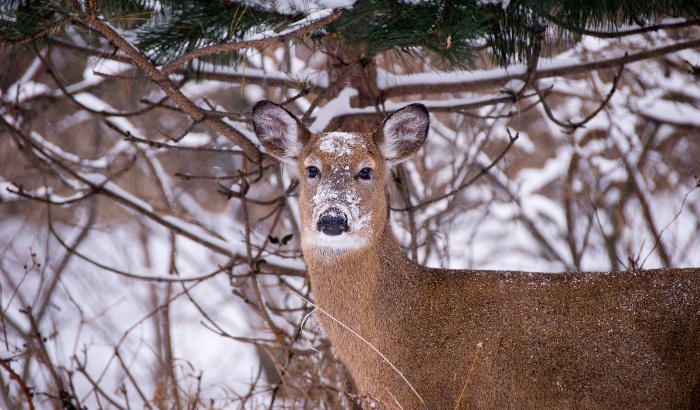
As soon as there is a snow blizzard, we realize how cozy it is to live in a warm house. In addition, we have heavy coats that can keep us warm when we go outside. And it only takes a short “trip” to the grocery store to provide our household with all that we need. It is easy to get these things for granted. Yet, we shouldn’t do so.

There are living creatures that literally have to fight to cope with the winter season. Yes, animals. Let us explore together how different animals survive from the start of winter until the last day of winter.
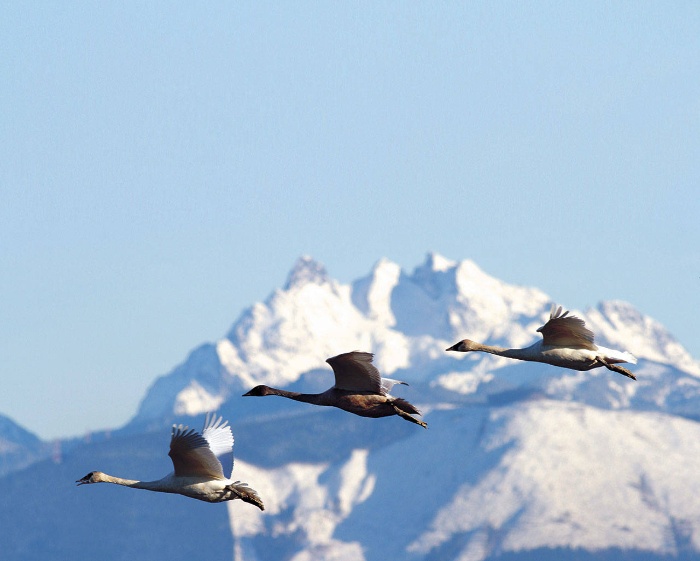
MIGRATION
Some animals find it difficult to survive extremely cold conditions. Therefore, they need to travel to other places with a milder climate where it is easier to find food. Birds are a typical example of migrating animals. While some birds fly alone, others tend to fly in large stocks to conserve energy.
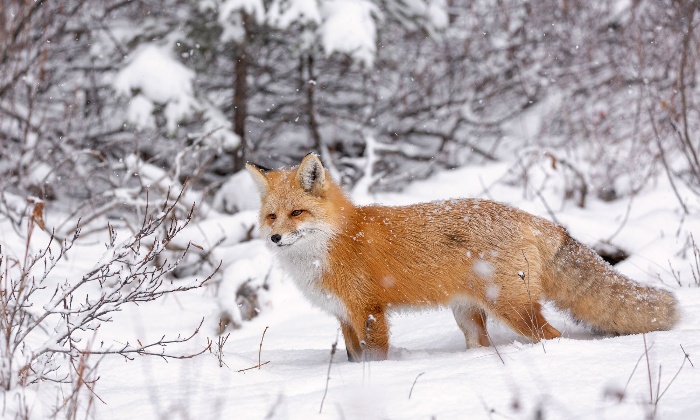
What is most impressive is that birds know how to find their way to the same place each year. They manage to do so by using the stars, moon and sun for directions.
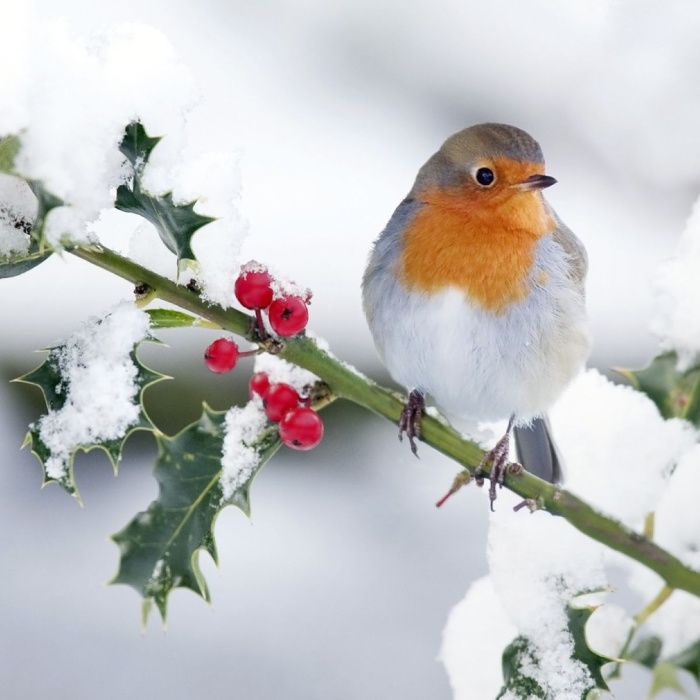
Interestingly enough, not all birds migrate. At the same time, birds are not the only type of animals that cope with winter in this way. A lot of fish move into warmer, deeper water. There are also mammals, such as whales, elk and some bats that migrate to look for food each winter.
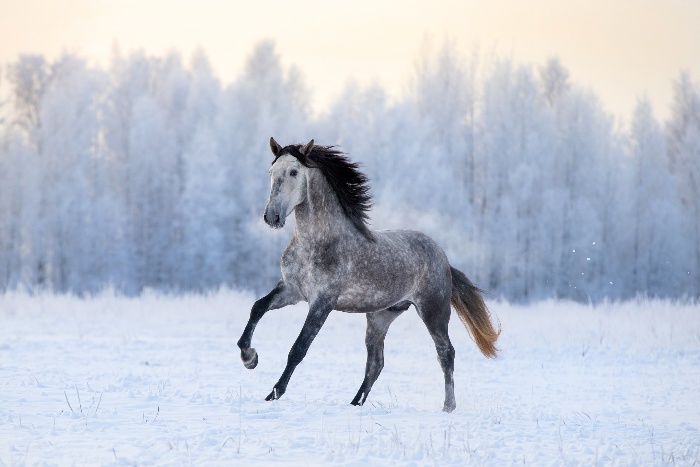
It might be surprising for you to learn that there are also insects that migrate for various reasons. Sometimes they migrate from or to another breeding location. In other cases, migration is seasonal. Monarch butterflies and dragonflies migrate with the change of seasons whereas earthworms move up to six feet below the surface.
ADAPTATION
Another way in which animals cope with the winter months includes making changes in their behaviour or bodies. Snowshoe rabbits and weasels grow thicker white fur so that they can hide more easily in the snow. To stay warm, animals build tunnels through the snow, look for winter shelter in tree holes and huddle close together.
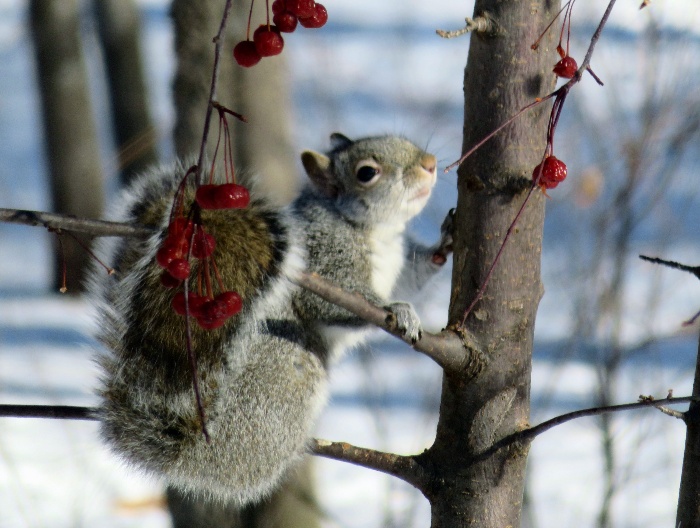
Food is more difficult to find in the winter, so animals come up with different strategies to overcome this challenge. Squirrels, beavers and mice gather in advance extra food and store it to eat later. Other animals, such as the red fox, adjust their diet to seasonal changes.

HIBERNATION
Last, but not least, there are animals that escape winter’s worst weather by hibernating. Bears, chipmunks and skunks are just a few of the examples. Hibernation includes falling into a very special type of deep sleep that uses an extremely limited amount of energy.
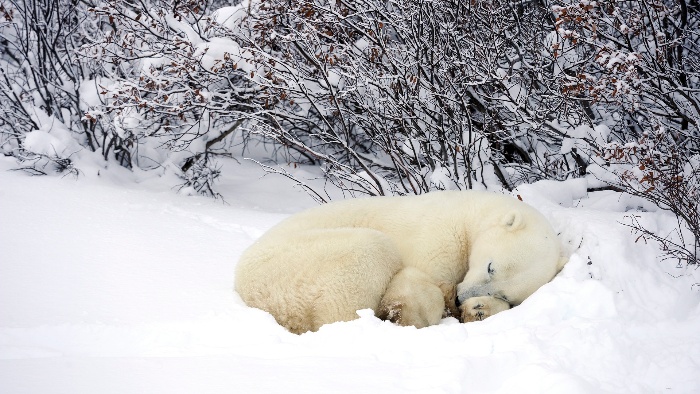
The animals that hibernate kind of shut their bodies down. Their heartbeat and body temperature drop, they start breathing in a slower way etc. As you can see, it is not easy for animals to cope with the winter. So, let us appreciate all the blessings we can enjoy as humans.





